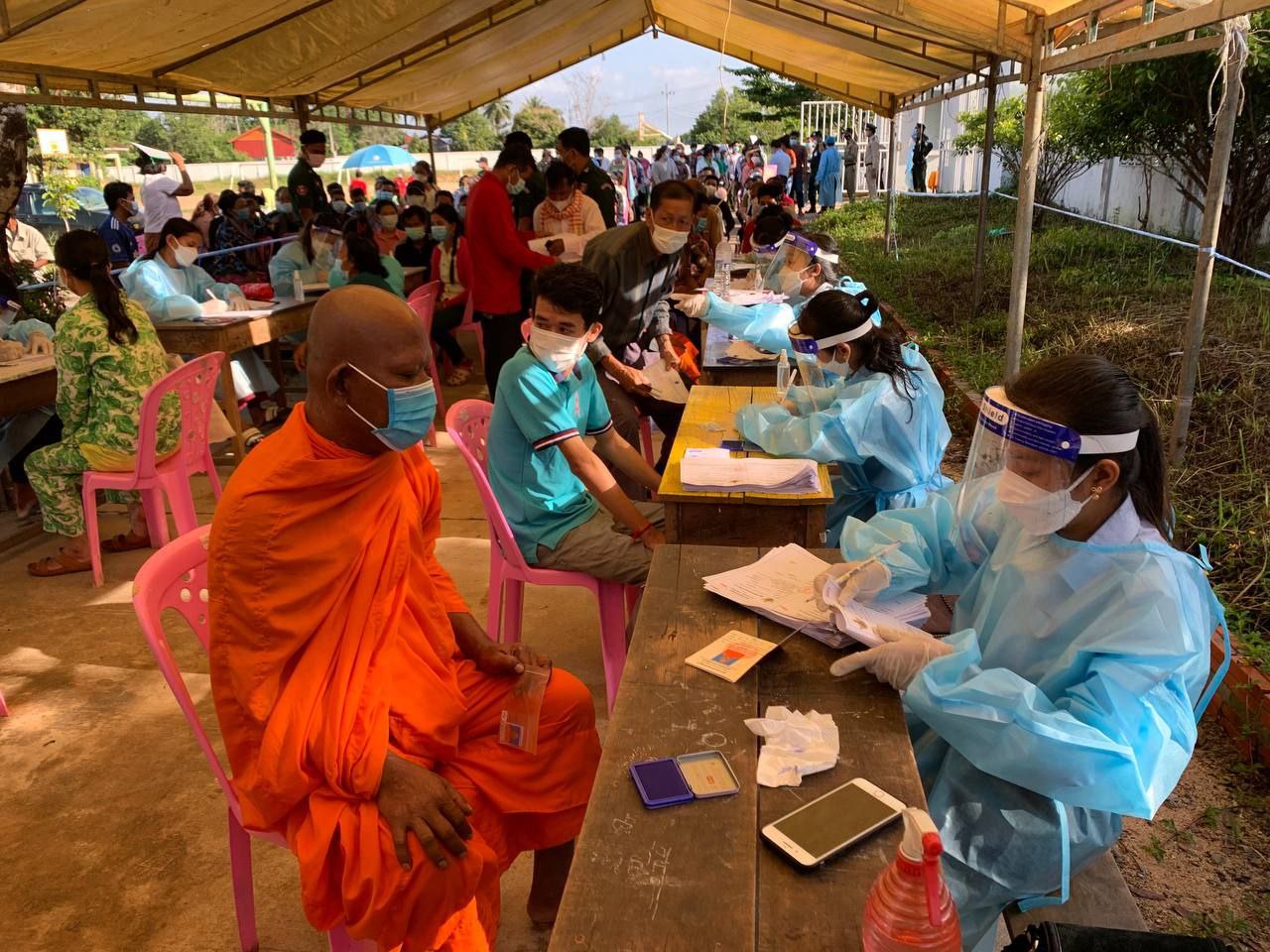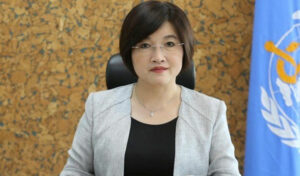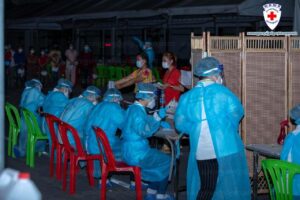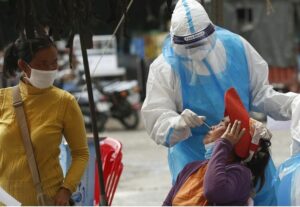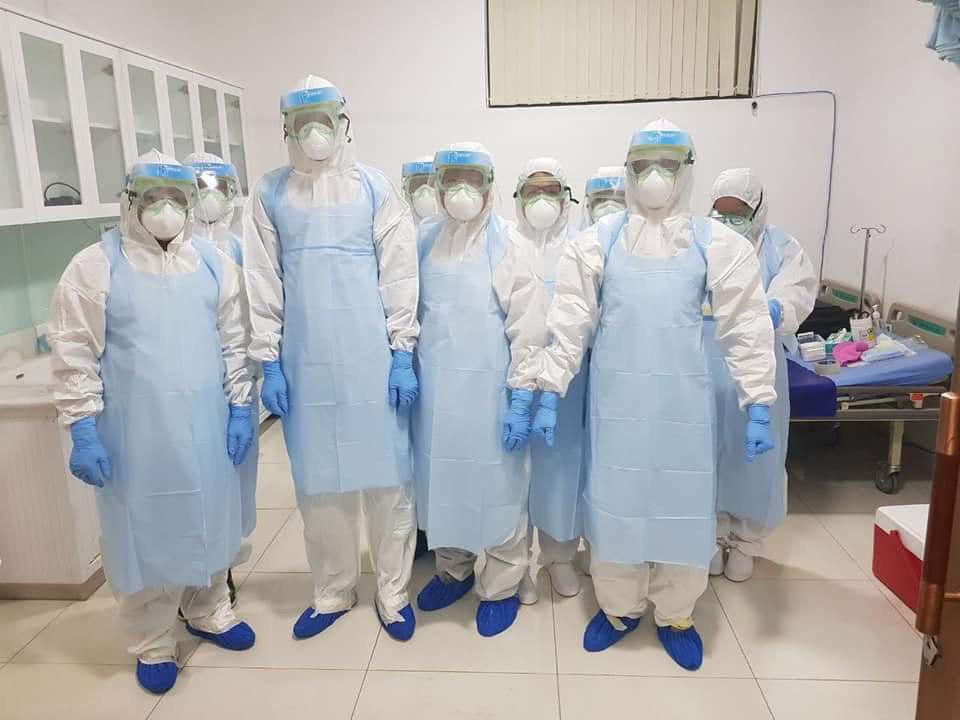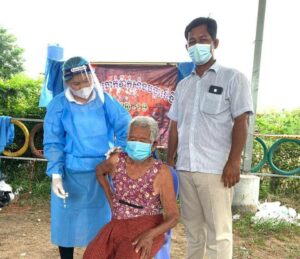Cambodia’s Economy may rebound faster than its neighbours
Economic recovery across the Asia-Pacific region is likely to be patchy, with some countries seeing higher growth than their neighbours, thanks to a faster roll out of Coronavirus vaccines, according to Moody’s Analytics. It says well-managed Covid-containment policies will also help some Asian economies rebound, even as governments ease stimulus spending, while countries that have been slow to immunise their populations will see a slow recovery.
“Countries that must continue to enforce strict social distancing, partial lockdowns and sealed borders will struggle if they must maintain accommodative monetary policy and fiscal support at the same time that developed economies around the world, as well as Asian economies that are able to open their domestic economies, expand in an environment of policy normalisation,” Moody’s said.
Cambodia’s economy is forecast to grow by 4 percent this year after a 3.1 percent contraction in 2020, the World Bank said this month. It says the speedy rollout of the Coronavirus vaccine in the Kingdom and a rebound in global demand will drive the recovery.
Cambodia’s rate of vaccination against COVID-19 is at least twice the levels of those in other ASEAN countries with the exception of Singapore, according to Moody’s.
Vaccination rates were around 20 percent in Laos and Malaysia and around 15 percent or less in Indonesia, Myanmar, the Philippines, Thailand and Vietnam, the ratings agency said. Singapore has immunised around 90 percent of its adults.
The Philippines is Asia’s economic laggard, Moody’s said, “with daily new COVID-19 cases still near a record high, continued quarantines in the greater Manila region and only modest fiscal spending to support domestic spending and well-being.
“Thailand, Japan, Malaysia and Indonesia similarly are struggling to contain COVID-19 and are in various stages of movement control and GDP [gross domestic product] remains lower than its pre-pandemic level in the fourth quarter of 2019,” it said.
The rest of Asia has more than made up for the pandemic-plunge as faster vaccination programmes allow domestic economies to return to normal and keep manufacturing and global supply chains open.
While factories and farms are bouncing back from last year’s pandemic-induced drop in demand, the services sector is taking more time to recover, with tourism in particular still suffering from inbound travel restrictions.
Services accounted for 39 percent of Cambodia’s GDP in 2019, according to statistics portal Statista. Industry made up 34 percent of GDP, while agriculture contributed 21 percent.
Tourism contributed as much as one third towards the Kingdom’s GDP in 2019 but the global pandemic has forced the country to close its doors to overseas visitors.
Recovery could be about one or two years after fully reopening according to a spokesman from Cambodia’s Ministry of Tourism.
The tourism industry is hoping for a partial opening at the end of the year, for example by allowing vaccinated tour groups from countries such as China to visit the country.
The head of the Cambodia chapter of the Pacific Asia Travel Association, Thourn Sinan, is even more pessimistic.
“To return to 2019 levels I think we have to wait to between 2025 and 2027. Cambodia could still reopen to welcome vaccinated tourists as planned in the fourth quarter,” he added, referring to tourism industry hopes for a partial opening at the end of the year.
This would involve the allowing of fully vaccinated tour groups from countries including China to visit.
In the meantime, hoteliers and tour operators are relying on demand from domestic tourists including foreigners living in Cambodia. Khmer Times

